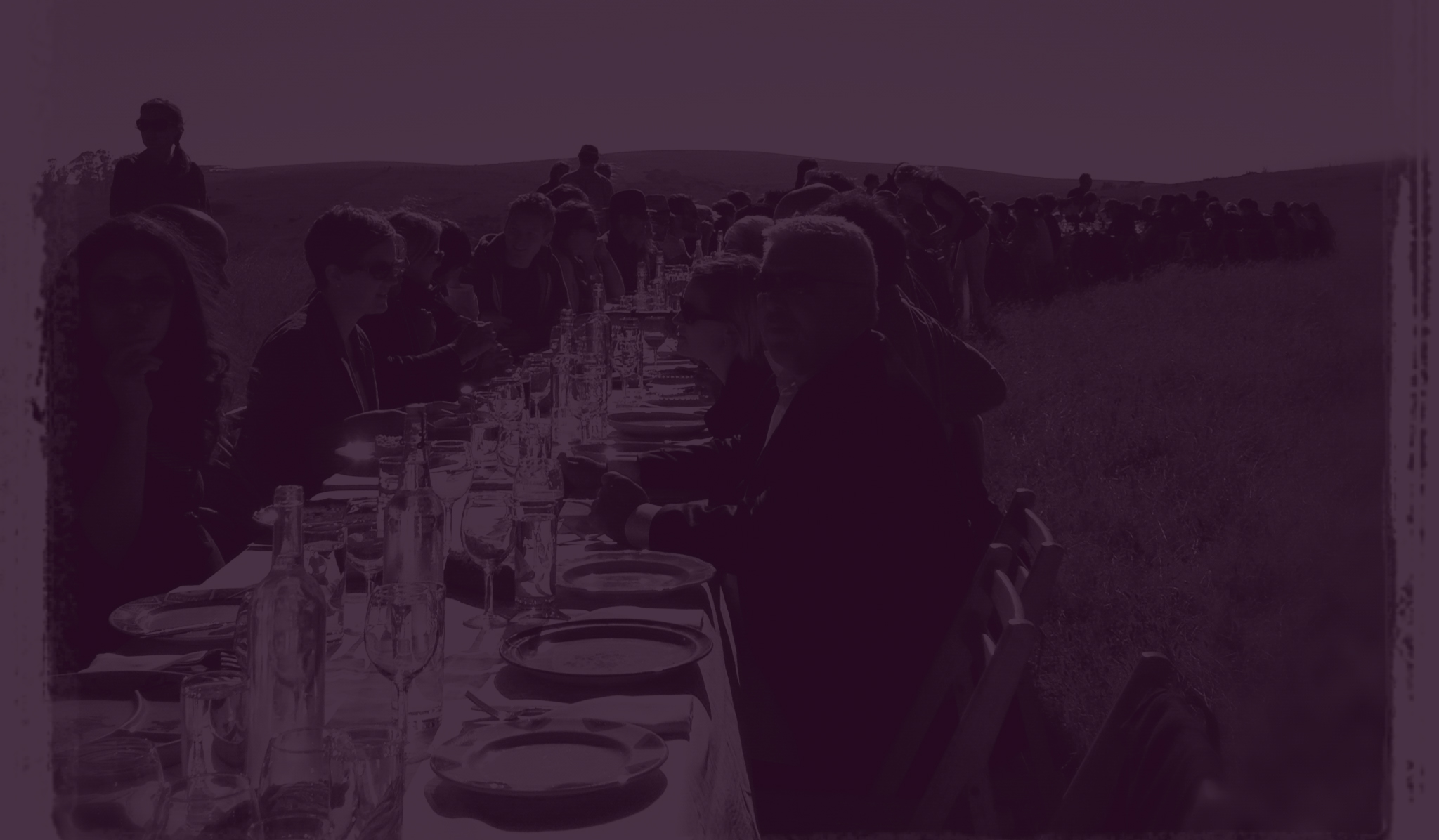NEWS - Visiting Hrvatska Kostajnica, Croatia
- raulalex66
- Nov 4, 2014
- 2 min read
04:30am, Sarajevo. I get up in my hotel overlooking the centre of a town. I open the French windows to feel the stint of cold air rolling from the mountains. There is no balustrade; I can simply step outside into the dark void. When I mentioned this earlier to the hotel manager, he simply laughed and told me not to open the window. People in Bosnia simply shrug when confronted with these minor problems. There are bigger issues to deal with: recession, corruption and unemployment. In Boomtown Sarajevo, war seems like a distant memory; the city has doubled in size in the last fifteen years. People leave the countryside in droves in hope of a better life in the only big city of Bosnia-Herzegovina.
I get in my taxi to catch the first flight to Zagreb. At the gate, I see the seasoned type of business travelers, accustomed to the inconveniences of short-haul flights in cramped airplanes. After one hour we land in rainy Zagreb. Ana Miljenovic, our local volunteer in Croatia, picks me up with her little Fiat. She has planned a full day with meetings and visits. First we go to RCT, the Rehabilitation Centre for Stress and Trauma, where I meet Dragana and Valentina. It takes me some effort to overcome initial suspicions, but in the end they express full commitment. I am not surprised we sometimes encounter misgivings about our motivations; we could be easily mistaken for self-complacent, ignorant
Westerners who think they have a wonderful idea that solves all misery. I always make it clear to our partners that Food Frontiers is not a remedy, we are at best a catalyst for rapprochement. To put it simply, we create a positive flash of togetherness; the others create a drumbeat of follow-up activities.
After our visit to RCT, we set off for Kostajnica, a two-hour drive from Zagreb. It rains all day and the surrounding land makes a drab impression. Only near the borderlands does the landscape change, with hills covered with beech forests and dotted with small hamlets. The villages we pass through could easily be mistaken for idyllic pastoral hideaways, but grim reality tells otherwise: “Many of these villages are now populated by refugees from Kosovo or Bosnia”, Ana says. “In fact, there have been full-fledged population swaps between villages, brokered by wartime estate agents”.







Comments